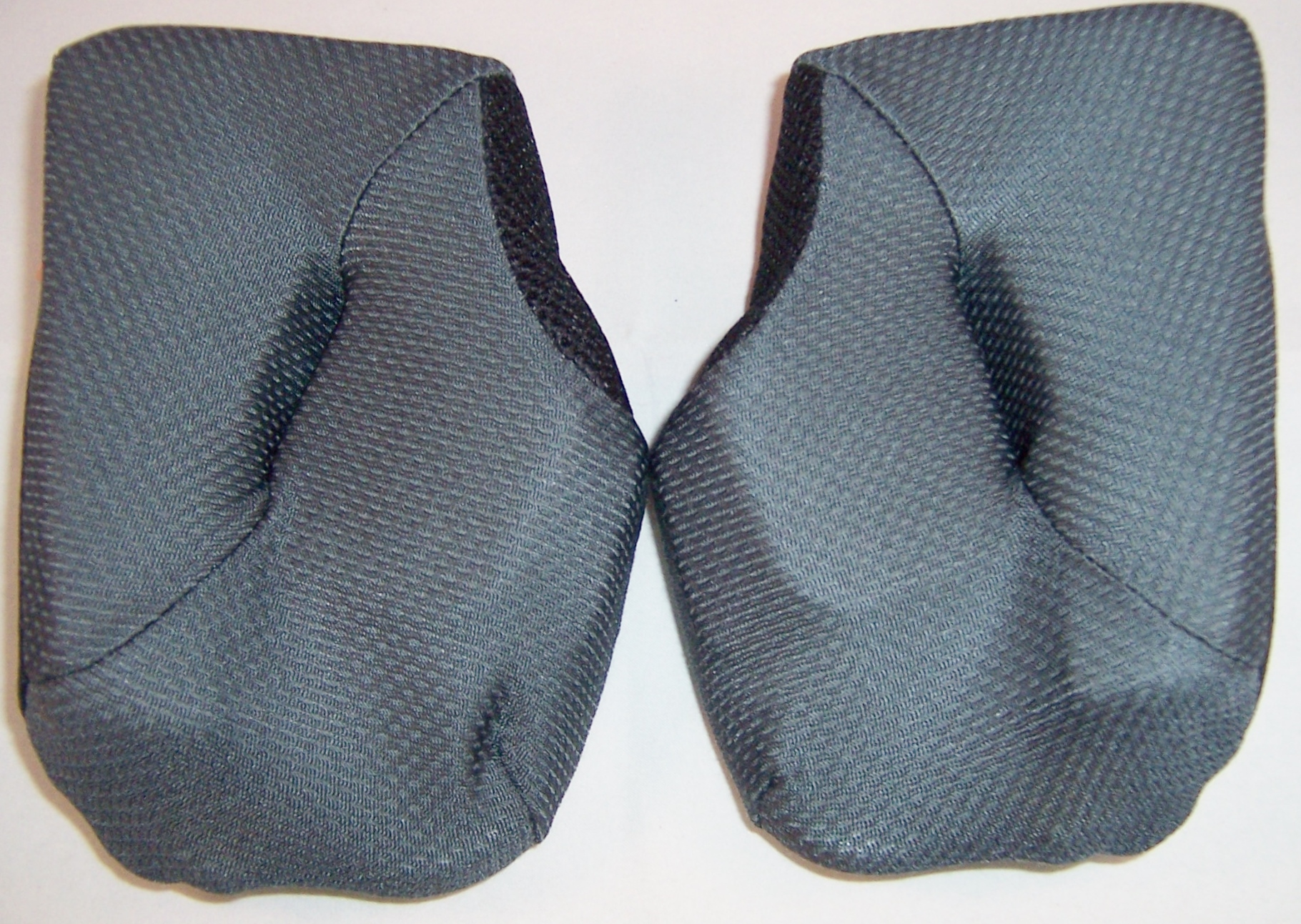
 Extended dynamic range for video up to 30 fps. Video zoom up to 3x and 2x optical zoom out. Digital zoom up to 5x and 2x optical zoom out. ƒ/1.8 12MP Wide and ƒ/2.4 10MP Ultra Wide cameras with LiDAR scanner. M1 chip with next-generation Neural Engine. Liquid Retina XDR mini-LED display on 12.9-inch model with 1,000 nits max full-screen brightness and 1,600 nits peak brightness (HDR). 11-inch or 12.9-inch display, with 120Hz ProMotion technology. Even so, there are an even larger number of meaningful differences between the iPad Air and iPad Pro that are worth highlighting, including their displays, authentication technologies, processors, and camera setups. Compatible with Magic Keyboard, Smart Keyboard Folio, and Apple Pencil (2nd generation)Īpple's specification breakdown shows that the two iPads share a number of important features. 4K video recording at 24 fps, 25 fps, 30 fps, or 60 fps, 1080p HD video recording at 60 fps, 3x video zoom, slo-mo video support for 1080p at 120 fps or 240 fps, time-lapse video with stabilization. ƒ/1.8 12MP Wide rear camera, with digital zoom up to 5x and Smart HDR 3 for photos. Liquid Retina display with 264 ppi, full lamination, oleophobic and anti-reflective coating, P3 Wide Color, and True Tone. The iPad Air and iPad Pro share a number of key features, such as design, rear Wide camera, and a USB-C port: Similarities Should you consider purchasing the iPad Air to save money, or do you need the high-end features of the iPad Pro? Our guide answers the question of how to decide which of these two iPads is best for you. Despite their appearances, the iPad Air and iPad Pro are still very different devices intended for different user bases. Since the iPad Air saw a major update in September last year, both the iPad Air and the iPad Pro now share similar designs and an increasingly close feature set.
Extended dynamic range for video up to 30 fps. Video zoom up to 3x and 2x optical zoom out. Digital zoom up to 5x and 2x optical zoom out. ƒ/1.8 12MP Wide and ƒ/2.4 10MP Ultra Wide cameras with LiDAR scanner. M1 chip with next-generation Neural Engine. Liquid Retina XDR mini-LED display on 12.9-inch model with 1,000 nits max full-screen brightness and 1,600 nits peak brightness (HDR). 11-inch or 12.9-inch display, with 120Hz ProMotion technology. Even so, there are an even larger number of meaningful differences between the iPad Air and iPad Pro that are worth highlighting, including their displays, authentication technologies, processors, and camera setups. Compatible with Magic Keyboard, Smart Keyboard Folio, and Apple Pencil (2nd generation)Īpple's specification breakdown shows that the two iPads share a number of important features. 4K video recording at 24 fps, 25 fps, 30 fps, or 60 fps, 1080p HD video recording at 60 fps, 3x video zoom, slo-mo video support for 1080p at 120 fps or 240 fps, time-lapse video with stabilization. ƒ/1.8 12MP Wide rear camera, with digital zoom up to 5x and Smart HDR 3 for photos. Liquid Retina display with 264 ppi, full lamination, oleophobic and anti-reflective coating, P3 Wide Color, and True Tone. The iPad Air and iPad Pro share a number of key features, such as design, rear Wide camera, and a USB-C port: Similarities Should you consider purchasing the iPad Air to save money, or do you need the high-end features of the iPad Pro? Our guide answers the question of how to decide which of these two iPads is best for you. Despite their appearances, the iPad Air and iPad Pro are still very different devices intended for different user bases. Since the iPad Air saw a major update in September last year, both the iPad Air and the iPad Pro now share similar designs and an increasingly close feature set. 
In April 2021, Apple updated its popular iPad Pro lineup, introducing the M1 chip, a Liquid Retina XDR display, a Thunderbolt port, and more.








